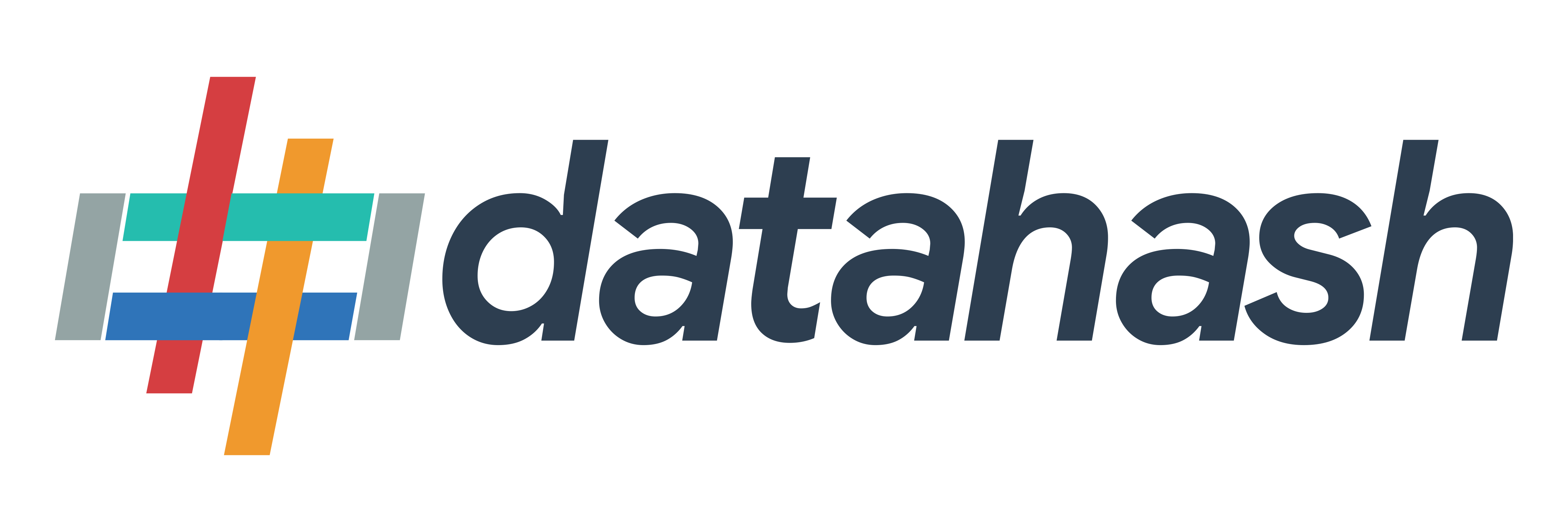Video Walkthrough
Description :
Salesforce is a Customer Relationship Management (CRM) platform that is designed to help you sell, service, analyse, and connect with your customers.
Integrating Datahash with Salesforce allows you to import leads, audience or events data to merge your CRM data with rich behavioural data from other sources gain a more complete view of your customers. Engage your users on any channel based on their status in your sales cycle.
Prerequisites:
A valid Salesforce account with permissions to create and update leads (or relevant module data).
Getting Started:
- Log in to Datahash Studio.
- Navigate to the CRM category under Destinations.
- Click on the Salesforce connector tile.
Authenticate with Salesforce
- Click Sign in with Salesforce to begin the authentication flow.
- Log in with the Salesforce account you want to integrate.
- Provide the required permissions to allow Datahash to push data to your CRM.
Configure the Connection
- Select Google Forms as the source type.
- Choose the connection name you want to integrate.
- This must match the connection you already created in the Google Forms Source setup.
- Select the Salesforce module (e.g., Leads, Contacts) where you want to push the data.
- Provide a name for this connection instance.
Field Mapping
- Map your Google Form fields with the corresponding Salesforce schema fields.
- Ensure all mandatory Salesforce fields (marked with an asterisk *) are mapped.
- Ensure all mandatory Salesforce fields (marked with an asterisk *) are mapped.
- Map as many fields as needed to capture the full lead information.
Incorrect or incomplete mapping may cause sync failures.
Test and Finish
- Click Test Connection to verify setup.
- A sample lead will be sent to Salesforce.
- Once successful, click Finish.
- The connected instance will now be visible in the dashboard.
Managing Instances
Adding a New Instance
- Follow the same setup steps (choose source, connection name, Salesforce module, field mapping).
- Click Test Connection to send a sample lead.
- Click Finish.
- The new instance (e.g., Ads connection 2) will appear in the Manage Connections table.
Editing an Existing Instance
- From the dashboard, click the connection name in the Manage Connections table.
- Click the Edit icon (top-right) to enable edit mode.
- Update the required fields or re-map fields as needed.
- Click Test Connection to validate changes.
- If you click Cancel, the old setup continues to run.
- Updates only apply once you click Finish.
- Click Finish to save the updated configuration.












